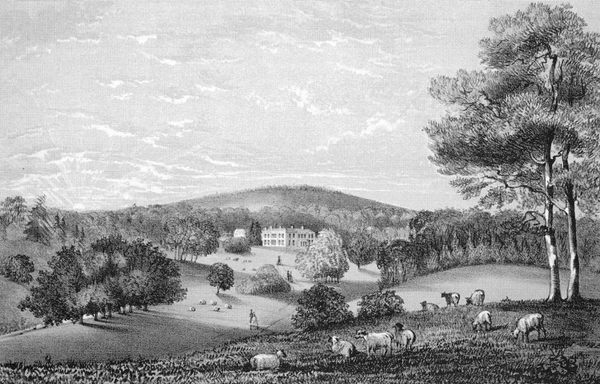History, Conservation & Regeneration

In 2018 all of the trees in the valley were dated. We were lucky enough to be visited by The Woodland Trust and The Ancient Tree Forum of Cornwall who were interested in a site visit to inspect the specimen trees and their history on the original estate. Their findings can be seen in the report below. Four trees in the valley have been recorded as ancient, including two oaks, a holly and a beech. That means they are among the oldest of their species in the third or ancient stage of their lives and with high levels of biodiversity and habitat value. The oldest is a pollard oak which grows in the valley alongside the stream, undoubtedly the oldest tree on the estate. It is 6.69m in girth measured in-between the burrs and estimated to be between 520 and 590 years old. This great oak would have been alive at the time of the Cornish rebellion of 1497.
It is the third oldest oak in the county (number one is the Darley Oak near Upton Cross and number two is Hernes Oak near Rezare). Quite remarkable to think of the times in which they first grew, and now the responsibility to be a good custodian of their land.
If you're interested in more detail, you can find the full report here
Regeneration of the Farm
In 2020 we entered into a Countryside Stewardship scheme, and have since partnered with Forests for Cornwall to begin the long process of replanting and restoring the make up of our old valley and meadows. What was once an old oak and pastured parkland is now predominantly pasture with smatterings of old trees that become fewer and fewer each winter. Their isolated positions now leave them perennially susceptible to storms and winds.
The documents below begin to outline the planting plans for reinstating old specimen trees through the old parkland, giving a sense of how it may begin to evolve once again.
Hedgelaying, hedge planting, earthbanking, and coppicing has begun in earnest; an attempt to manage some of the now overgrown tree plantings to restore undergrowth and allow specimen varieties to thrive and grow properly, and ultimately bring more biodiversity to the valley ecosystem.
